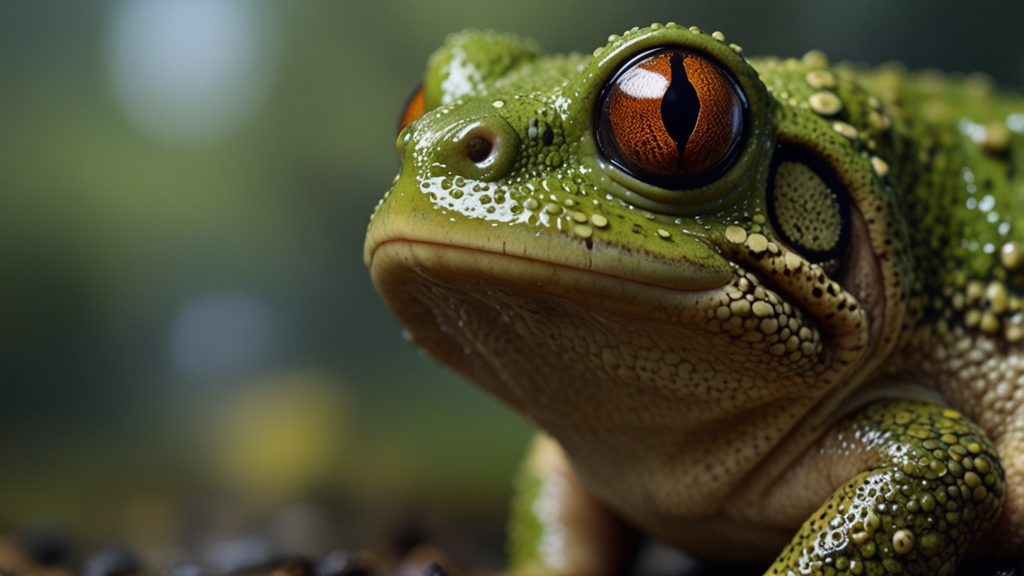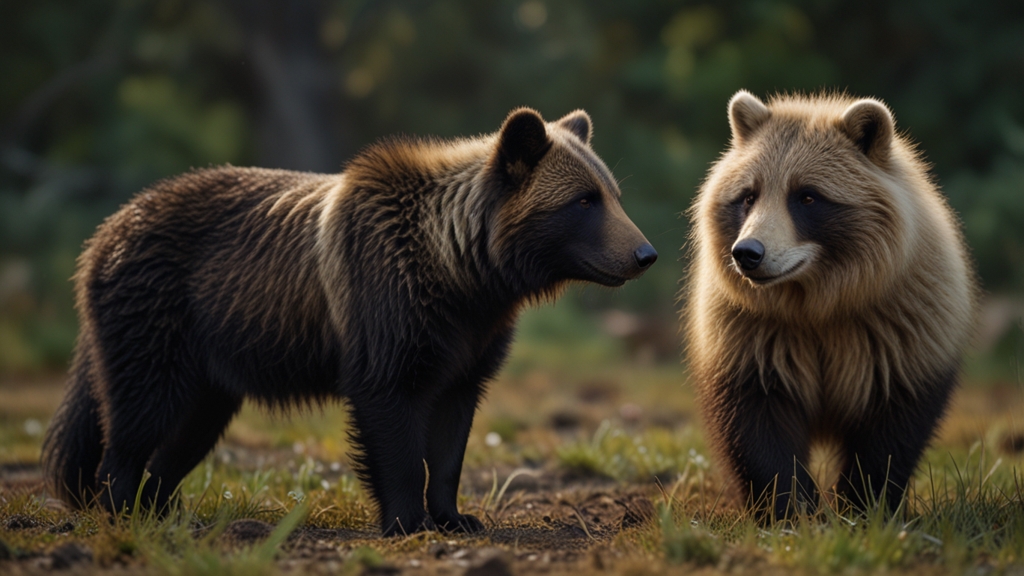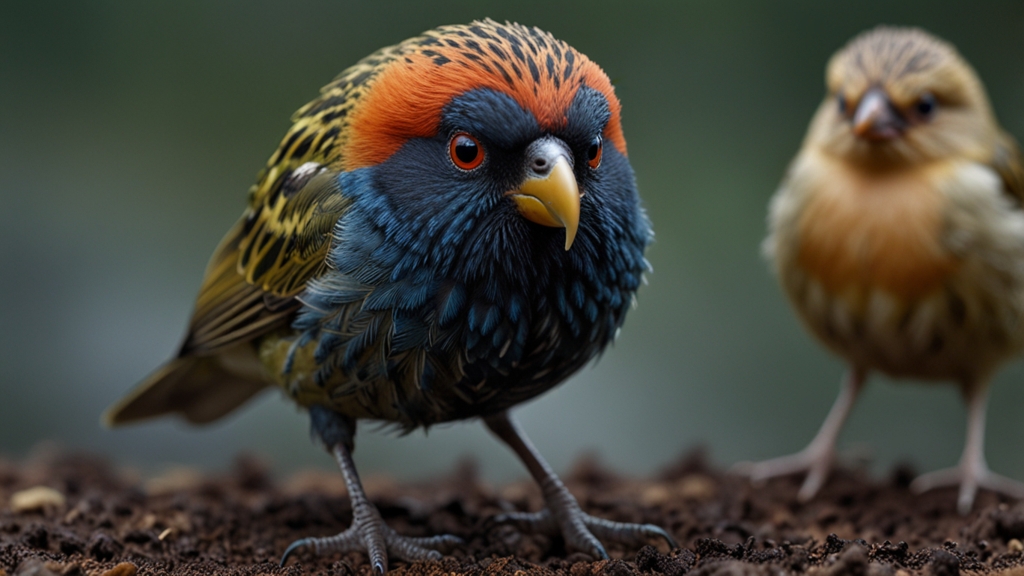Introduction
Amphibians, a class of animals that includes frogs, toads, salamanders, and newts, are often considered ecological barometers due to their sensitivity to environmental changes. Unfortunately, this sensitivity also makes them one of the most vulnerable species on Earth. From habitat destruction to climate change, numerous factors have contributed to the alarming decline of amphibian populations worldwide.
Habitat Loss
One of the principal threats to amphibians is habitat loss. Wetlands, forests, and other natural environments are continuously being transformed by human activities such as agriculture, urban development, and deforestation. As amphibians rely on specific habitats to complete their life cycles—requiring both aquatic and terrestrial environments—any alteration can spell disaster for these creatures.
"The destruction of wetlands, which are crucial breeding grounds for amphibians, has a direct impact on the survival of these species. Without suitable habitats, their populations cannot be sustained." - Dr. Jane Doe, Ecologist
Climate Change
The ongoing shifts in global climate patterns have profound effects on amphibian populations. Amphibians are ectothermic (cold-blooded) animals, meaning that their body temperature and metabolic processes are regulated by external temperatures. Climate change can disrupt breeding cycles, alter habitats, and increase the occurrence of extreme weather events, all of which can dramatically affect these vulnerable species.
For example, temperature changes can influence the timing of amphibian breeding, leading to mismatches in the availability of resources and suitable conditions for the development of their offspring. Additionally, altered precipitation patterns can degrade the aquatic habitats amphibians depend on for spawning and larval development.
Disease
A particularly insidious threat to amphibians is disease, notably the chytrid fungus (Batrachochytrium dendrobatidis), which has caused significant declines in amphibian populations globally. This pathogenic fungus spreads through water and affects the skin of amphibians, which is vital for respiration and hydration. Infected animals often suffer severe morbidity and mortality.
"Chytridiomycosis, the disease caused by the chytrid fungus, has been linked to the extinction of over 200 amphibian species in the last 50 years. Its rapid spread highlights the global vulnerability of amphibian populations." - Dr. John Smith, Herpetologist
Pollution
Environmental pollution is another significant threat to amphibians. Pesticides, heavy metals, and other chemical pollutants can contaminate water bodies and soil, posing direct risks to amphibians that absorb water and oxygen through their permeable skin. Even low levels of pollutants can be lethal or cause sublethal effects such as impaired growth, reproductive problems, and increased susceptibility to diseases.
Moreover, acid rain, a result of industrial pollution, can lower pH levels in aquatic environments, harming amphibians at various stages of their life cycle. Pollutants can also affect the availability of food resources and the quality of habitats, further stressing amphibian populations.
Conservation Efforts
Despite these challenges, conservation efforts aimed at protecting amphibians are underway. Habitat restoration, captive breeding programs, and stringent regulations on pollutants are some of the measures being employed to safeguard these vulnerable species. Scientists and conservationists are also working to mitigate the spread of diseases like chytridiomycosis through research and field interventions.
"Efforts to conserve amphibians must be multifaceted, addressing habitat preservation, disease control, and the reduction of pollutants. Collaboration among governments, NGOs, and the scientific community is essential to reversing the decline of amphibian populations." - Dr. Emily Green, Conservation Biologist
Conclusion
Amphibians face a multitude of threats that make them exceptionally vulnerable. Their importance to ecological balance and their role as indicators of environmental health underline the urgent need for robust conservation strategies. Protecting amphibians is not only vital for maintaining biodiversity but also for preserving the integrity of the ecosystems they inhabit.






